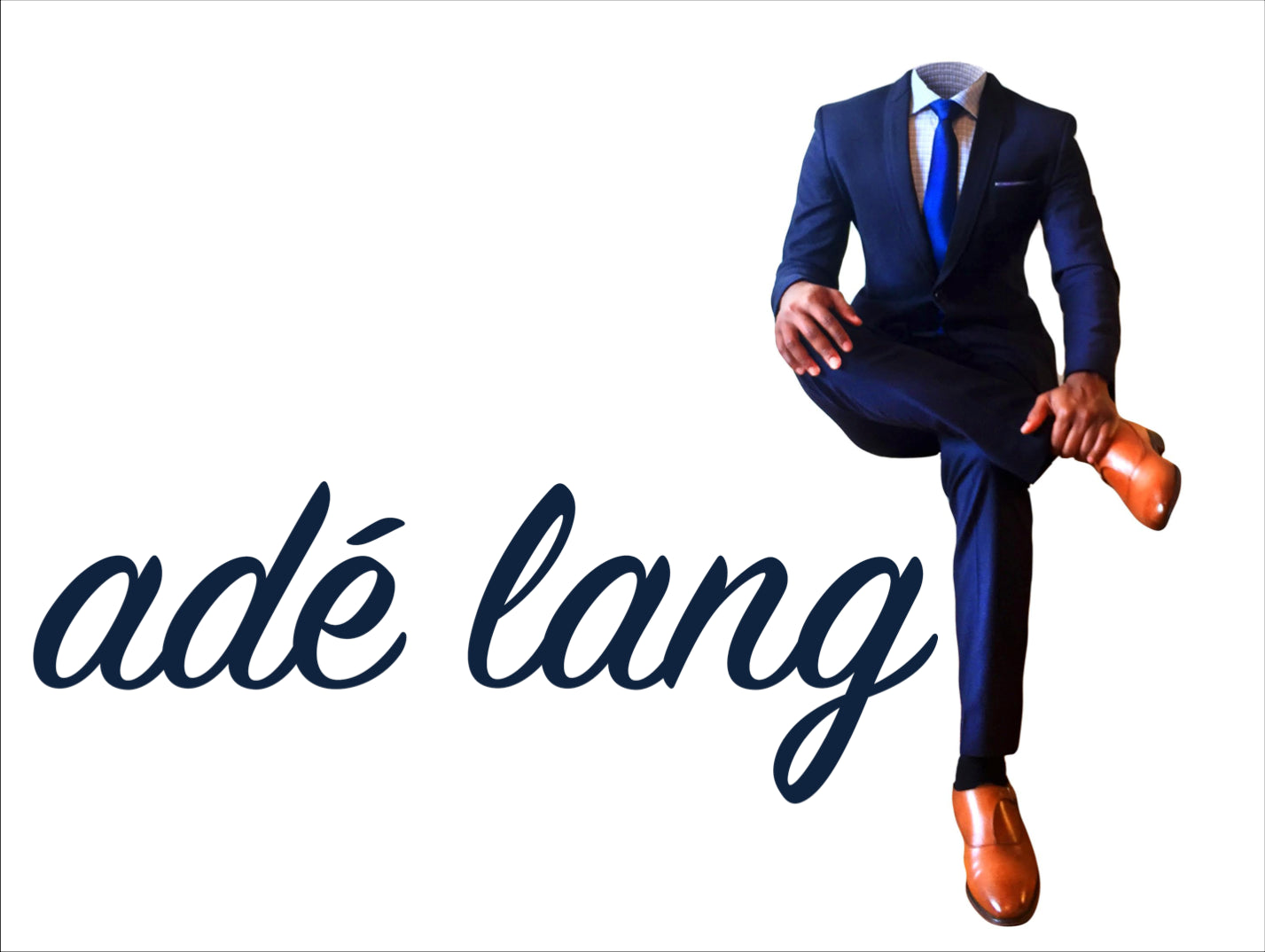Crown Jewels: The Enduring Theatre of Diplomatic Dressing
3 min read |
As Windsor Castle prepares to host a second state visit, complete with glittering tiaras and a banquet served on two hundred year old silver, the world is offered a masterclass in the theatre of diplomatic dressing. This carefully choreographed spectacle, dubbed ‘tiara diplomacy’, is a powerful reminder that what leaders wear on the world stage is as strategically important as any policy paper.
King Charles III’s deployment of the Crown Jewels is a calculated soft power move. The tiaras, the vintage silver, the meticulous dress codes; they are not mere ornamentation. They are instruments of statecraft, designed to awe, to honour, and to subtly communicate Britain’s historical grandeur and cultural stability. This practice has a long precedent. One need only recall the strategic impact of Jacqueline Kennedy’s state wardrobe in 1960s France or the sartorial messaging of Queen Elizabeth II’s innumerable diplomatic tours. Every sartorial choice is a language unto itself.
For the fashion industry, these events are a veritable laboratory for trend forecasting. The elegant, timeless styles on display often trigger a resurgence in formal wear and a renewed appreciation for heritage craftsmanship and vintage accessories amongst a discerning public.
Stitching the future: The Soft Power of Threads
The spectacle of state visits confirms that clothing remains one of the most potent tools of diplomatic communication. It demonstrates that fashion, in its highest form, transcends seasonal trends to become an enduring language of cultural identity, historical narrative, and international relation, woven one stitch at a time.
